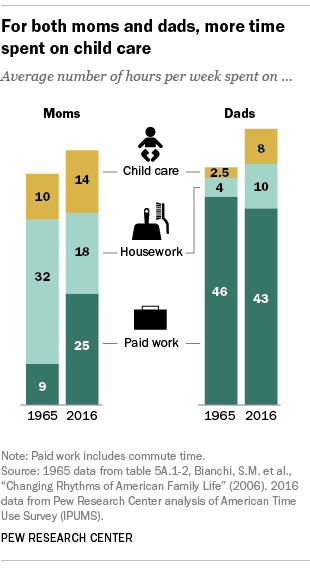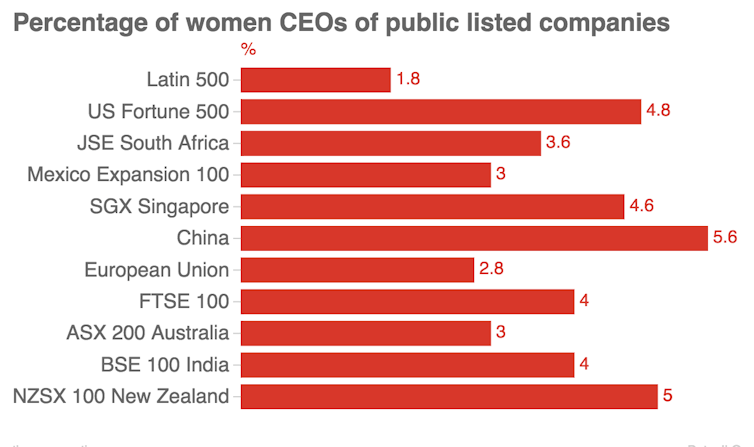
Question: injustice or choices?
Are these differences due to injustices like sexism, misogyny, harassment, discrimination, and bias, or are they due to differences and choices?
Christina Hoff Sommers--retired philosopher, internet provocateur, has a You Tube series called The Factual Feminist
Jennifer Saul--philosopher, author of Feminism:Issues and Arguments
- Today--Saul's argument about discrimination
- Friday--case study -- discrimination against mothers in Academia--is it discrimination?
- Monday--Saul on implicit bias plus counterarguments
- In the abstract, as a moral matter, a question of justice
- In a specific country like the US, as defined by Title VII, other laws, precedents, Supreme Court cases, etc.
- Title VII of the Civil Rights Act of 1964--prohibits employers from discriminating against any individual because of the individual’s "race, color, religion, sex, or national origin"
The difference model of discrimination
- basic idea: like cases should be treated alike
- It's discriminatory when
- x and y are just alike as far are their credentials go, but
- x is treated differently than y because of x's sex, and
- sex is irrelevant to the job (not a "BFOQ")
- Note--it doesn't have to be intentional, conscious, deliberate, or hostile
- Which of these are examples of discrimination under the difference model?
- Mary and Bob have similar records of achievement at a law firm but Bob is paid more.*
- Mary is hired as an RA at a women's dorm, not Bob.
- Women are rarely hired by a police dept because there's a 5'9" height requirement
- Very few women ever become managers at Walmart because most are primary caregivers and tend to reject overtime and revolving schedules (example of Caroline from The Working Poor, by David Shippler, published in 2005)
- Title VII?
The dominance model of discrimination
- basic idea: it's discriminatory for a workplace to be structured by the assumption that "the standard worker" is a non-primary-caregiver (usually a man ), not a primary caregiver (usually women).
- on this view, Walmart was discriminating against Caroline
- Note--again, it doesn't have to be intentional, conscious, deliberate, or hostile
- read p. 12-13
- what does she say to the idea that people like Caroline are making choices, so there's no injustice? (p. 15)
What should be done?
- Put an end to gender roles--women not trained to be primary caregivers; men not trained to be providers
- Redesign the workplace so "the standard worker" is assumed to be a caregiver
In a just society, there will be no gender roles
- Susan Okin, applying Rawls
- We're in the original position, behind the veil of ignorance (we don't know our sex)
- We would know that gender roles are disadvantageous to women
- We would choose a society without gender roles as a matter of justice
- Saul argues that (a) we have't already abolished gender roles, and (b) it's possible to do so, because they are taught, not innate
- Other views: Aristotle, Patricia Churchland on the brain
Redesign the workplace so the "standard worker" is assumed to be a caregiver

No comments:
Post a Comment